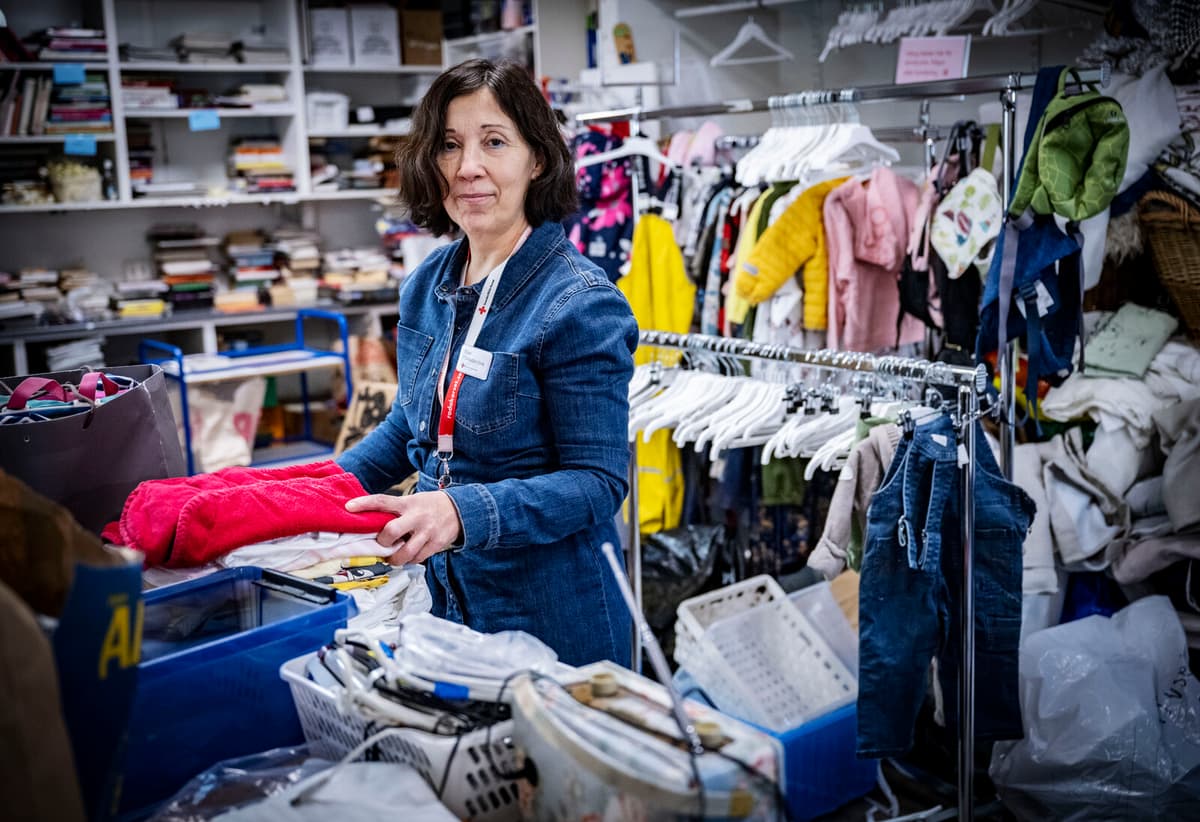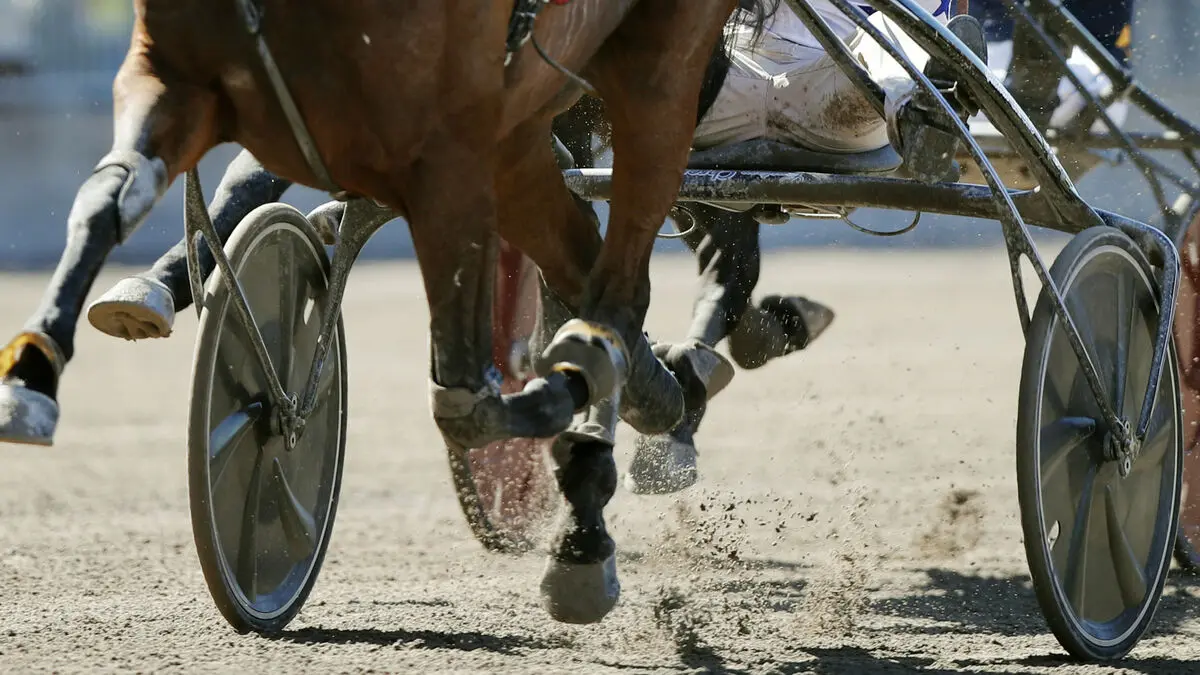Since mid-December, it has been completely crazy some days. Normally, we could handle what we received during the day. Now, we can't handle it, it's growing, our little mountain of clothes, says store manager Else Österberg.
The Laxåbygden Red Cross circle writes on their Facebook page that bags are increasingly being placed outside the store when it is closed. The contents are often so bad that they have to be thrown away – and the cost of transporting the waste falls on the non-profit organization.
It has increased exponentially. If it continues to increase, we may not be able to accept clothes anymore, says operations manager Tolle Furegård to P4 Örebro.
He hopes that the municipality will set up containers so that people can easily get rid of textile waste. But four out of ten municipalities will only accept textile waste at their larger recycling centers, according to a compilation by SVT.
Lower quality
In total, Swedish Red Cross circles operate 260 stores. It's too early to summarize how the law change at the turn of the year has affected. But unit manager Magnus Lundén, who is responsible for the second-hand business, is getting signals that larger volumes are coming in – but with lower quality than usual.
We as an organization are not equipped to be waste handlers and shouldn't be either, it's a municipal responsibility, he says.
The greatest concern is that the law change in some municipalities will lead to a smaller amount of sellable second-hand textiles being donated.
Considering that new collection points for textiles will emerge, it's clear that we see a risk that people will put everything in the same container, so that what can be reused becomes waste.
Can be misunderstood
There is a risk that the law change may have been misunderstood, fears Karolina Skog at Sweden's City Missions.
Now that municipalities are saying: "We'll take all your textiles", we're simply worried that people will misunderstand and think they should put their whole and clean stuff there too.
The concern is shared by several organizations, according to the industry organization Giva Sverige, which represents around 200 non-profit organizations.
What we want to emphasize is that it's still allowed to donate what's whole and clean to non-profit organizations, says Agnes Wevel at Giva Sverige.
In Sweden, we buy around 13-14 kilos of new-produced clothes and home textiles per person and year. At the same time, around 7-9 kilos of textile waste per person is thrown away each year in the residual waste or at the tip and goes to incineration. If textile waste is sorted separately, 65-75 percent can be reused.
The new law that came into force at the turn of the year means that both private individuals and businesses must sort out textile waste and store it separately from other waste. Municipalities are responsible for receiving it, but they decide how to organize their collection themselves.
Four out of ten municipalities will only accept textile waste at their recycling centers, according to a survey by SVT. In around 100 municipalities, non-profit organizations will help receive textile waste.
Sources: The Swedish Environmental Protection Agency and SVT





